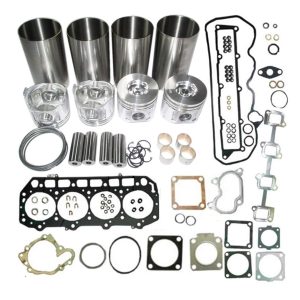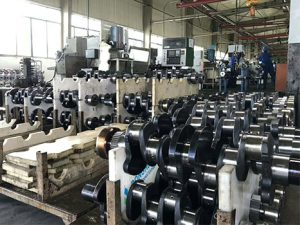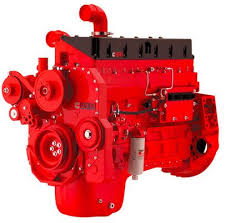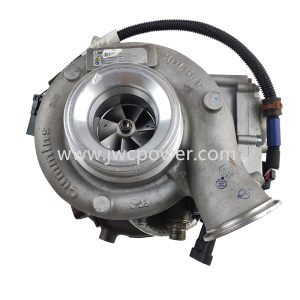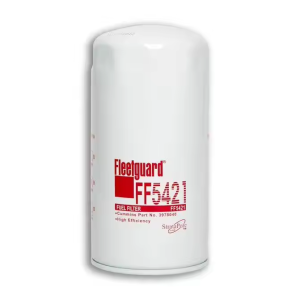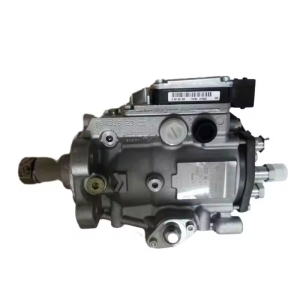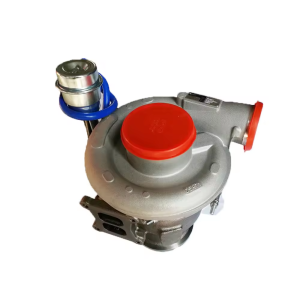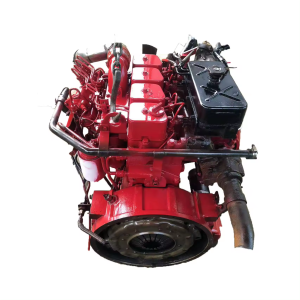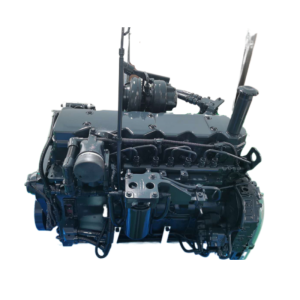The Cummins ISX15 is a powerhouse in the heavy-duty diesel engine market, known for its reliability, performance, and fuel efficiency. However, to maximize its potential, understanding and optimizing its fuel system is crucial. In this blog, we’ll take a deep dive into the ISX15 fuel system, explore key components, and discuss proven strategies to enhance combustion efficiency.
1. Understanding the Cummins ISX15 Fuel System
The ISX15 utilizes a high-pressure common rail (HPCR) fuel system, which delivers precise fuel injection for optimal combustion. Key components include:
A. High-Pressure Fuel Pump
Generates up to 35,000 psi (2,400 bar) of fuel pressure.
Ensures consistent fuel delivery to the injectors.
B. Common Rail Fuel Manifold
Acts as a reservoir, maintaining high-pressure fuel for injection.
Reduces pressure fluctuations for smoother engine operation.
C. Electronic Fuel Injectors
Precision-controlled by the engine’s ECM (Electronic Control Module).
Capable of multiple injection events per cycle (pilot, main, and post injections).
D. Fuel Filters & Water Separator
Prevent contaminants from damaging injectors and pumps.
Water separation is critical to avoid corrosion and injector failure.
E. ECM (Engine Control Module)
Monitors sensors (crank position, coolant temp, boost pressure).
Adjusts injection timing, duration, and pressure for optimal efficiency.
2. Factors Affecting Combustion Efficiency in ISX15
To optimize combustion, we must address these key factors:
A. Injection Timing & Pressure
Early injection improves power but increases NOx emissions.
Late injection reduces NOx but may lower efficiency.
Optimal pressure (25,000–35,000 psi) ensures complete atomization.
B. Air-Fuel Ratio (AFR)
Lean mixtures (high AFR) improve efficiency but may cause higher NOx.
Rich mixtures (low AFR) increase soot but ensure complete combustion.
Turbocharging & intercooling help maintain optimal AFR under load.
C. Fuel Quality & Additives
Low cetane diesel leads to poor ignition and incomplete combustion.
Fuel additives (cetane boosters, detergents) enhance combustion.
D. Engine Temperature & Cooling
Optimal coolant temp (190–210°F) ensures efficient combustion.
Cold engines suffer from incomplete fuel burn and increased deposits.
E. Exhaust Gas Recirculation (EGR) & Aftertreatment
EGR reduces NOx but may affect combustion efficiency if not tuned correctly.
DPF (Diesel Particulate Filter) & SCR (Selective Catalytic Reduction) must be maintained to avoid backpressure issues.
3. How to Optimize Combustion Efficiency?
A. Regular Maintenance & Fuel System Cleaning
Replace fuel filters every 15,000–20,000 miles.
Use fuel system cleaners to prevent injector deposits.
Inspect injectors for spray pattern and leakage.
B. ECM Tuning & Performance Calibration
Custom tuning can optimize injection timing for better efficiency.
Disabling excessive EGR (where legal) can improve combustion.
Boost pressure adjustments help maintain ideal AFR.
C. Upgrading Fuel System Components
High-flow injectors (if modified for performance).
Aftermarket fuel pumps for better pressure stability.
Improved air intake & intercooler for denser air charge.
D. Using High-Quality Fuel & Additives
Premium diesel (ultra-low sulfur, high cetane).
Cetane boosters for better ignition.
Lubricity additives to protect injectors.
E. Monitoring & Diagnostics
Use OBD-II scanners to track fuel trim, AFR, and injector performance.
Check for fault codes related to fuel pressure or injector issues.
4. Real-World Benefits of Optimized Combustion
Improved Fuel Economy (5–15% gains).
Reduced Emissions (Cleaner DPF/SCR operation).
Enhanced Engine Longevity (Less carbon buildup).
Better Power & Throttle Response.
The Cummins ISX15’s fuel system is a marvel of engineering, but optimizing combustion efficiency requires attention to injection timing, fuel quality, air management, and maintenance. By following these strategies, fleet operators and truck owners can maximize performance, reduce fuel costs, and extend engine life.

